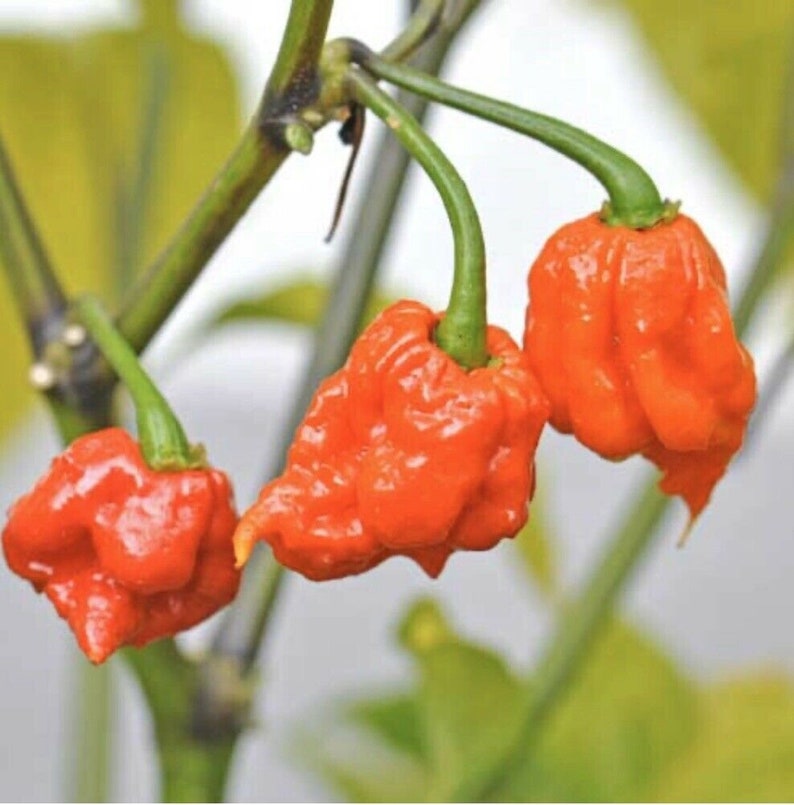

Many tend to have a lumpy, crinkled appearance compared to other species. Fruit: Fruit Color: Gold/Yellow Green Orange Purple/Lavender Red/Burgundy White Fruit Value To Gardener: Edible Good Dried Showy Display/Harvest Time: Fall Summer Fruit Type: Berry Fruit Length: 1-3 inches Fruit Width: 1-3 inches Fruit Description: Fruits are a non-pulpy berry and vary considerably across cultivars in shape and color.
NORTH CAROLINA REAPER PEPPER FULL
Cultural Conditions: Light: Full sun (6 or more hours of direct sunlight a day) Soil Texture: Clay High Organic Matter Loam (Silt) Sand Soil pH: Acid (8.0) Neutral (6.0-8.0) Soil Drainage: Good Drainage Moist Available Space To Plant: 12 inches-3 feet NC Region: Coastal Mountains Piedmont USDA Plant Hardiness Zone: 10a, 10b, 11a, 11b.Whole Plant Traits: Plant Type: Annual Edible Herbaceous Perennial Perennial Vegetable Habit/Form: Erect Maintenance: Medium.

Therefore, these plants may attract birds.

These plants enjoy heat and tolerate drought, though prolonged drought may affect fruit quality. Plant only when nighttime temperatures are at least 55F seedlings may be started indoors earlier and transplanted at this time. Grow in rich, moist, well-drained soil in full sun. It contains some of the hottest peppers to exist, including the current world record holder 'Carolina Reaper'. Like other pepper species, the fruits are brightly colored and used worldwide for food, spice, and medicine. "Habanero-type" peppers are a pepper species native to parts of South America. Phonetic Spelling KAP-sih-kum chy-NEN-see Description


 0 kommentar(er)
0 kommentar(er)
